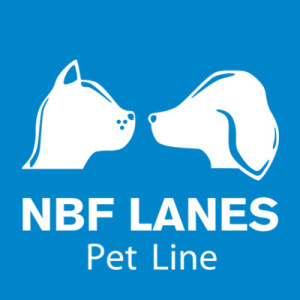Di seguito un importante lavoro di analisi puntuale e aggiornata rispetto alla fisiopatologia, diagnosi e trattamento clinico delle epatiti croniche nel cane, svolto dall’American College of Veterinary Internal Medicine (ACVIM) nel 2018 e pubblicato meno di un mese fa su “Journal of Veterinary Internal Medicine”
ACVIM consensus statement on the diagnosis and treatment of chronic hepatitis in dogs
Cynthia R. L. Webster Sharon A. Center John M. Cullen Dominique G. Penninck Keith P. Richter David C. Twedt Penny J. Watson
Courtesy of Wiley Online Library
Abstract:
This consensus statement on chronic hepatitis (CH) in dogs is based on the expert opinion of 7 specialists with extensive experience in diagnosing, treating, and conducting clinical research in hepatology in dogs. It was generated from expert opinion and information gathered from searching of PubMed for manuscripts on CH, the Veterinary Information Network for abstracts and conference proceeding from annual meetings of the American College of Veterinary Medicine and the European College of Veterinary Medicine, and selected manuscripts from the human literature on CH. The panel recognizes that the diagnosis and treatment of CH in the dog is a complex process that requires integration of clinical presentation with clinical pathology, diagnostic imaging, and hepatic biopsy. Essential to this process is an index of suspicion for CH, knowledge of how to best collect tissue samples, access to a pathologist with experience in assessing hepatic histopathology, knowledge of reasonable medical interventions, and a strategy for monitoring treatment response and complications.


